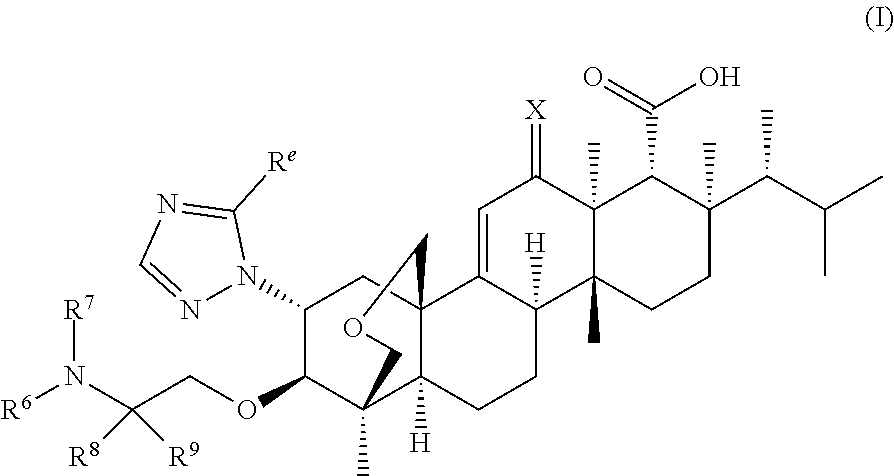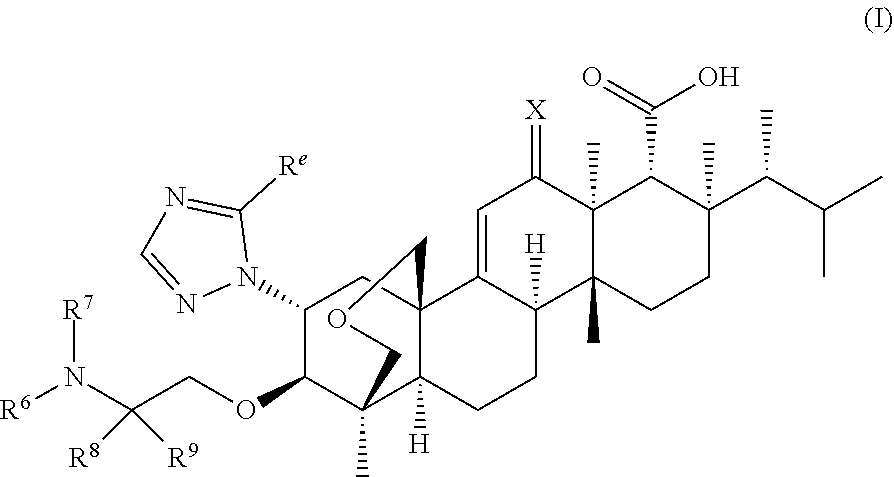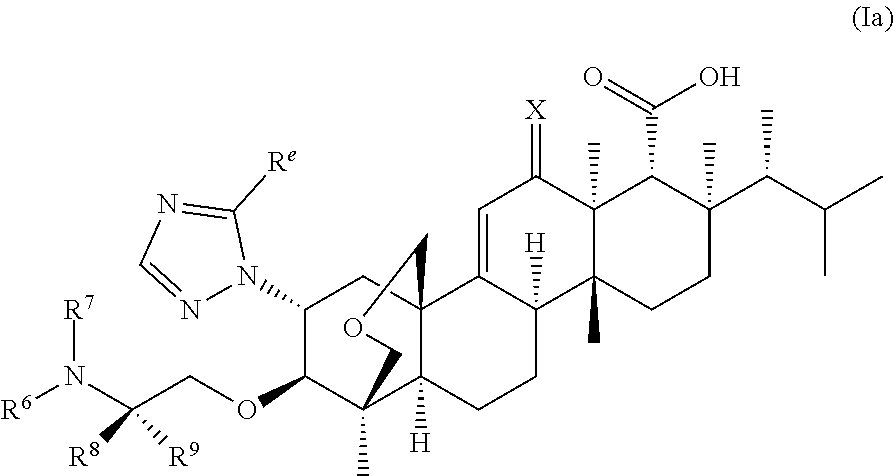Antifungal agents for candida auris decolonization
a technology of antifungal agents and candida auris, which is applied in the field of antifungal agents for candida auris decolonization, can solve the problems of high mortality rate, high rate of antifungal drug resistance, and significant patient mortality
- Summary
- Abstract
- Description
- Claims
- Application Information
AI Technical Summary
Benefits of technology
Problems solved by technology
Method used
Image
Examples
example 1
[0105]Evaluation of Ibrexafungerp (SCY-078) in the Reduction of Candida auris Skin Burden in a Guinea Pig Model
[0106]The purpose of this study was to evaluate of whether orally administered ibrexafungerp was able to reduce Candida auris burden in infected skin.
Materials and Methods
[0107]Guinea pigs (n=5 per group) were randomized to receive 10 or 20 or 30 mg / kg of ibrexafungerp twice daily (BID) by gavage, or vehicle control. Animals received a single dose of prednisolone at 30 mg / kg, subcutaneously, one day prior and one and three days post infection to favor immuno-compromise of the animals and facilitate the development of Candida auris skin infection. A 100 μl cell suspension containing 108 blastospores of Candida auris was applied to an abraded area on the back of the animals. At Day 7, tissue biopsies were examined histologically, and tissue fungal burden was analyzed by colony counts from skin samples. PK bioanalysis of ibrexafungerp plasma concentrations was conducted follow...
example 2
[0111]Low MIC50 values for ibrexafungerp were found for 102 Candida auris clinical and surveillance isolates from an outbreak in New York. The isolates included C. auris with a variable resistance to antifungal drugs (resistance to one drug in one or two classes of antifungal drugs), multidrug-resistant isolates (resistance to two or more drugs between two classes of antifungal drugs), and pan-resistant isolates (resistance to two or more azoles, all tested echinocandins, and amphotericin B). For the 97 isolates that had variable or multidrug resistance to the other tested antifungal drugs (including fluconazole, voriconazole, itraconazole, isavuconazole, posaconazole, anidulafungin, caspofungin, micafungin, amphotericin B, and flucytosine), the ibrexafungerp MIC50 range was 0.06-0.5 μg / ml; the median and mode for ibrexafungerp MIC50 were each 0.5 μg / ml. There were five pan-resistant C. auris isolates, and all of these were susceptible to ibrexafungerp at a low MIC50 range of 0.12 t...
PUM
| Property | Measurement | Unit |
|---|---|---|
| time | aaaaa | aaaaa |
| anatomic area | aaaaa | aaaaa |
| Rg | aaaaa | aaaaa |
Abstract
Description
Claims
Application Information
 Login to View More
Login to View More - R&D
- Intellectual Property
- Life Sciences
- Materials
- Tech Scout
- Unparalleled Data Quality
- Higher Quality Content
- 60% Fewer Hallucinations
Browse by: Latest US Patents, China's latest patents, Technical Efficacy Thesaurus, Application Domain, Technology Topic, Popular Technical Reports.
© 2025 PatSnap. All rights reserved.Legal|Privacy policy|Modern Slavery Act Transparency Statement|Sitemap|About US| Contact US: help@patsnap.com



